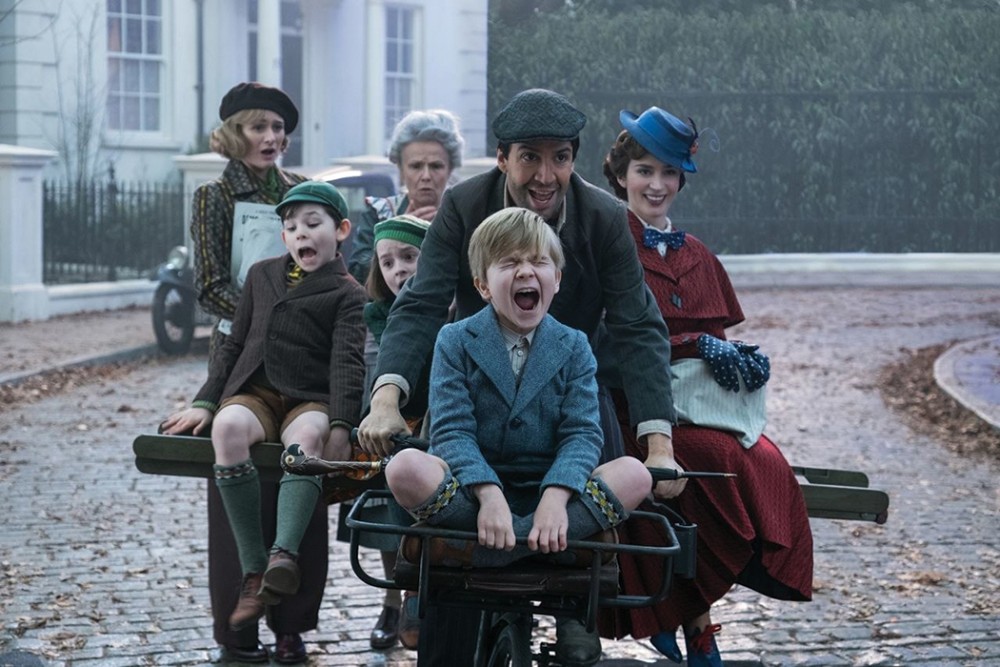Mary Poppins returns to a world of economic insecurity
Can memories of childhood joy really make up for predatory lending and labor busting?

The 1964 film Mary Poppins taught a generation a new way to think about childhood. Mary Poppins’s transformation into a Disney heroine represented a departure from the much sterner, sometimes cruel, and vain nanny figure of the original books, written by Australian-British writer P. L. Travers in the 1930s. The film also helped solidify the cultural fantasy that remembering the magic of childhood is a way to overcome the stultifying effects of rational, bureaucratic life.
The newly released sequel Mary Poppins Returns (directed by Rob Marshall) sings this same song in a new key, but it rings a little hollower 55 years later. We may need more than magical childhoods to cure what ails us now.
The sequel opens in the midst of the Great Depression a few decades after the original movie ends. Jane Banks (Emily Mortimer) has become a union organizer, and her brother Michael (Ben Whishaw) is now a down-on-his-luck widower raising three children in their family home. To compound his woes, he took out a loan on the house to pay his wife’s medical bills and the note has come due.




